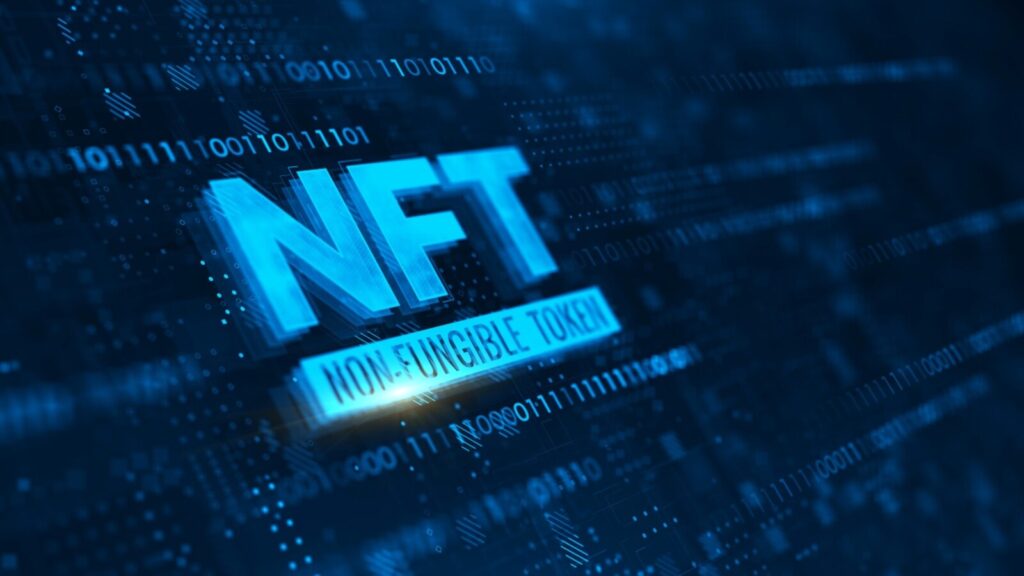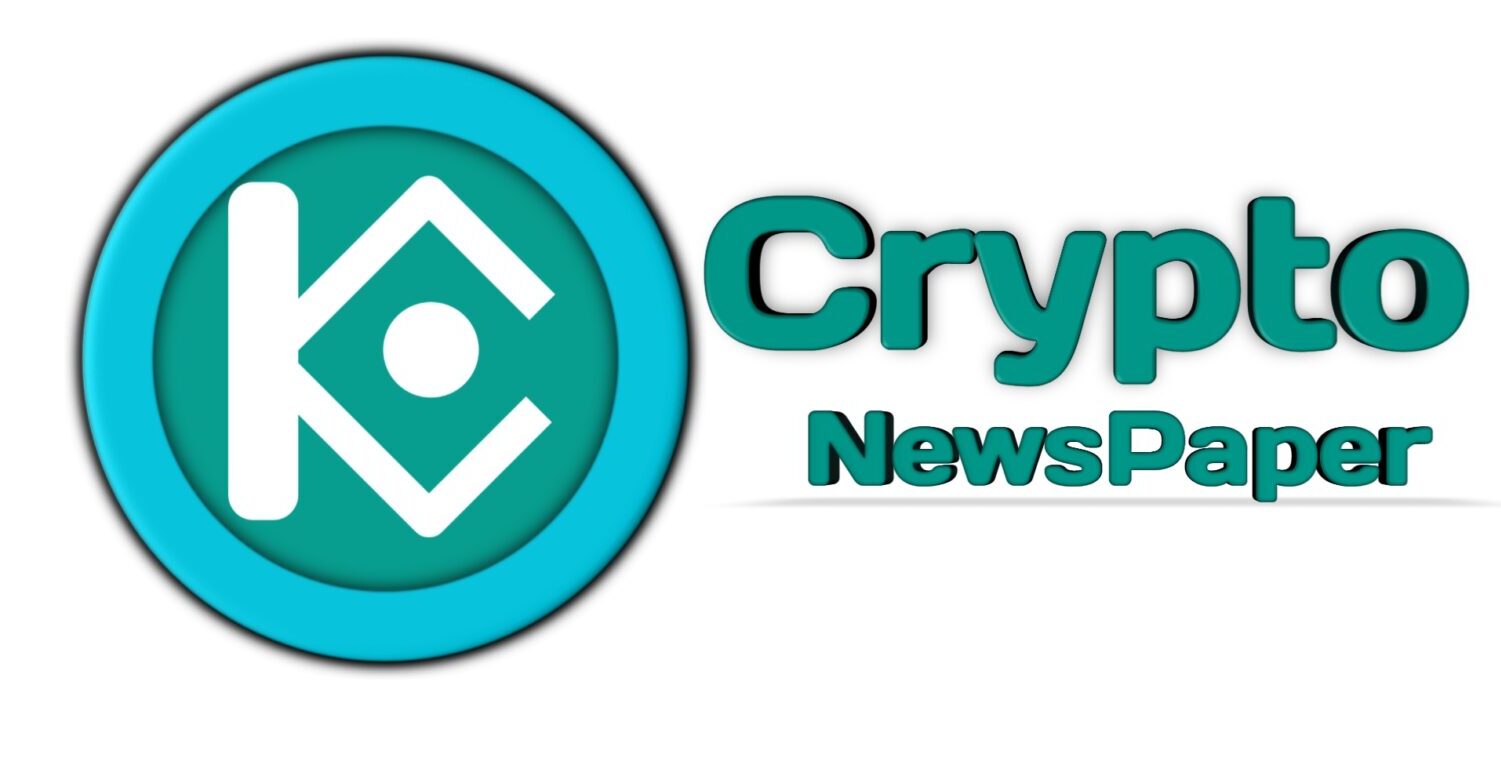
In the opening months of 2024, a remarkable surge in Non-Fungible tokens (NFT) sales unfolded, reshaping the digital asset realm profoundly. This piece probes into the complexities of this surge, dissecting the catalysts propelling it forward and scrutinizing its implications for creators, investors, and the digital economy at large. From celebrity endorsements to advancements in blockchain technology, a multitude of factors converged to fuel this unprecedented uptick in NFT transactions. As NFTs continue to redefine ownership and value in the digital sphere, understanding the dynamics behind their surge is paramount for all stakeholders navigating this evolving landscape.
Understanding NFTs: A Brief Overview
Non-fungible tokens (NFTs) stand out as singular digital assets validating ownership or authenticity of a particular item or content piece, recorded on a blockchain. Unlike cryptocurrencies like Bitcoin or Ethereum, which are mutually interchangeable and hold identical value, NFTs possess inherent uniqueness and irreplaceability. This characteristic renders them especially suitable for encapsulating digital art, collectibles, virtual real estate, and a plethora of other digital creations. As the digital landscape continues to evolve, NFTs emerge as a pioneering innovation, revolutionizing how we perceive and transact in the digital realm, and offering creators and collectors unprecedented opportunities for ownership and engagement.
The Meteoric Rise: Q1 2024 NFT Sales Report
During the initial quarter of 2024, the NFT market witnessed an unparalleled surge in sales volume, achieving record-breaking transaction levels. Industry reports highlight that the cumulative value of NFT sales surpassed all previous quarterly benchmarks, signaling a remarkable surge in investor enthusiasm and market dynamism. This surge reflects an escalating trend of engagement and investment within the NFT space, underlining its growing prominence and potential as a lucrative asset class. As NFTs continue to captivate both creators and investors alike, this surge underscores the increasing mainstream acceptance and adoption of digital assets, shaping the trajectory of the digital economy in profound ways.
Exploring the Factors Driving NFT Sales
Numerous factors converged to drive the surge in NFT sales throughout Q1 2024, encompassing heightened mainstream adoption, endorsements from celebrities, escalating interest from institutional investors, and the introduction of pioneering NFT projects and platforms. Furthermore, strides in blockchain technology and enhancements in user experience have notably enhanced the accessibility of NFTs to a wider demographic. This amalgamation of factors propelled a significant influx of participants into the NFT market, amplifying its appeal and expanding its reach beyond niche circles. As barriers to entry diminish and awareness proliferates, NFTs are increasingly perceived as a viable avenue for both creators and investors to explore, catalyzing further innovation and growth within the digital asset ecosystem.
NFTs in the Creative Industries: A Paradigm Shift
The ascent of NFTs has ignited a transformative shift within the creative sectors, providing artists, musicians, writers, and diverse creators with unprecedented avenues to monetize their creations directly and connect with supporters worldwide. NFTs empower creators to maintain ownership and autonomy over their content while capitalizing on fresh revenue streams facilitated by tokenization and digital asset transactions. This paradigm shift marks a departure from traditional models, allowing creators to bypass intermediaries and engage directly with their audience, fostering deeper connections and fostering a more equitable distribution of earnings. As the allure of NFTs continues to grow, they serve as a catalyst for redefining the dynamics of creative expression and commerce, ushering in a new era of empowerment and opportunity for creators across various disciplines.
NFT Marketplaces: Pioneers of the Digital Art Economy
NFT marketplaces serve as pivotal hubs for facilitating the exchange of digital assets, enabling creators and collectors to seamlessly buy, sell, and trade their works while connecting with a global audience. Renowned platforms like OpenSea, Rarible, and Foundation have emerged as frontrunners in this burgeoning landscape, experiencing remarkable surges in user engagement and transaction volumes. Through these platforms, creators gain invaluable exposure for their creations, while collectors access a diverse array of digital assets spanning art, collectibles, and more. The exponential growth witnessed in these leading marketplaces underscores the escalating demand and interest in NFTs, fueling the broader expansion of the ecosystem. As these platforms continue to evolve and innovate, they play a pivotal role in shaping the future trajectory of the NFT market and its integration into mainstream culture.
Criticisms and Challenges: Navigating the NFT Landscape
Despite the rapid ascent of the NFT market, it has encountered significant scrutiny and hurdles, including concerns over copyright infringement, rampant speculation, regulatory gaps, and environmental impact. Detractors contend that the NFT market is speculative and volatile, with prices often inflated by hype rather than genuine value. Instances of unauthorized use of copyrighted material have raised ethical and legal dilemmas, while the absence of robust regulation leaves participants vulnerable to fraudulent activities. Moreover, the environmental footprint of NFTs, particularly their energy-intensive blockchain transactions, has drawn criticism for its sustainability implications. Addressing these multifaceted challenges demands a concerted effort from industry stakeholders, regulators, and creators to foster transparency, accountability, and sustainability within the burgeoning NFT ecosystem, ensuring its long-term viability and legitimacy.
The Sustainability Debate: Environmental Concerns
A prominent critique directed at NFTs revolves around their environmental footprint, notably the substantial energy consumption and carbon emissions linked to blockchain mining and transaction validation. With the escalating popularity of NFTs, prioritizing sustainability and integrating eco-conscious solutions becomes imperative for safeguarding the market’s long-term sustainability. The energy-intensive nature of blockchain operations, especially Proof of Work (PoW) consensus mechanisms, underscores the pressing need for transitioning towards more environmentally friendly alternatives like Proof of Stake (PoS) or implementing energy-efficient protocols. By embracing sustainable practices and fostering eco-friendly innovations, the NFT ecosystem can mitigate its environmental impact while ensuring its continued growth and relevance in the digital landscape, aligning with broader efforts towards environmental stewardship and responsible technological advancement.
Legal Considerations: Navigating the Legal Framework
Navigating the intricate legal terrain surrounding NFTs entails grappling with complex issues of intellectual property rights, licensing agreements, and regulatory adherence. As the sector progresses, legal frameworks and standards are evolving to confront challenges like copyright violations, fraudulent activities, and ensuring investor safeguards. These developments aim to offer clarity and assurance to market participants, establishing a more stable and transparent environment for creators, collectors, and investors alike. With the maturation of the NFT industry, the refinement of legal mechanisms becomes increasingly crucial, fostering trust and confidence in the market while fortifying protections for all stakeholders involved. As regulations adapt and legal precedents emerge, the landscape for NFTs is poised to become more robust and conducive to sustainable growth and innovation.
Future Trends: What Lies Ahead for NFTs?
As we peer into the future, the trajectory of NFTs promises groundbreaking innovation and transformative influence across a spectrum of industries, spanning gaming, virtual reality, fashion, and finance. Anticipated trends such as fractionalized ownership, facilitating broader access to valuable assets, alongside enhanced interoperability between diverse blockchain networks, hold the potential to revolutionize ownership paradigms and democratize participation in the digital economy. Moreover, the integration of decentralized finance (DeFi) protocols into the NFT ecosystem is poised to unlock new avenues for liquidity, lending, and financial innovation, amplifying the utility and value proposition of digital assets. With these developments on the horizon, NFTs are positioned not only to redefine traditional sectors but also to catalyze novel synergies and possibilities at the intersection of technology, creativity, and finance, reshaping the landscape of digital ownership and commerce in profound ways.
NFTs Beyond Art: Exploring Diverse Applications
Although often synonymous with digital art and collectibles, the versatility of NFTs transcends the creative realm, offering transformative applications across a myriad of industries. From revolutionizing supply chain management by ensuring authenticity and traceability to modernizing real estate transactions through tokenization of properties, NFTs are poised to disrupt traditional practices and foster innovation. Moreover, in domains such as identity verification and digital rights management, NFTs present novel solutions to enhance security, privacy, and ownership rights in an increasingly digital landscape. By unlocking new efficiencies and levels of transparency, NFTs hold the potential to streamline operations, mitigate fraud, and empower stakeholders across diverse sectors, ushering in a new era of digital empowerment and advancement.
Conclusion: The Ever-Evolving Landscape of NFTs
In conclusion, the remarkable surge in NFT sales during Q1 2024 underscores the escalating importance of digital assets within the global economy and emphasizes the transformative capacity of blockchain technology. Despite enduring challenges and criticisms, the ongoing innovation and acceptance of NFTs are fundamentally reshaping the dynamics of digital content creation, consumption, and valuation. This evolution heralds a future characterized by decentralization, inclusivity, and interconnectedness, wherein individuals have unprecedented access to ownership and participation in the digital economy. However, as the NFT landscape continues to evolve, it’s imperative for stakeholders to maintain vigilance, adaptability, and ethical standards in navigating this dynamic and rapidly evolving ecosystem, ensuring its sustainability and integrity for the benefit of all involved parties.


4 Comments
Fantastic perspective! The points you made are thought-provoking. For more information, I found this resource useful: FIND OUT MORE. What do others think about this?
Can you be more specific about the content of your article? After reading it, I still have some doubts. Hope you can help me.
Very interesting topic, thanks for posting.Blog range
Thanks for sharing. I read many of your blog posts, cool, your blog is very good.